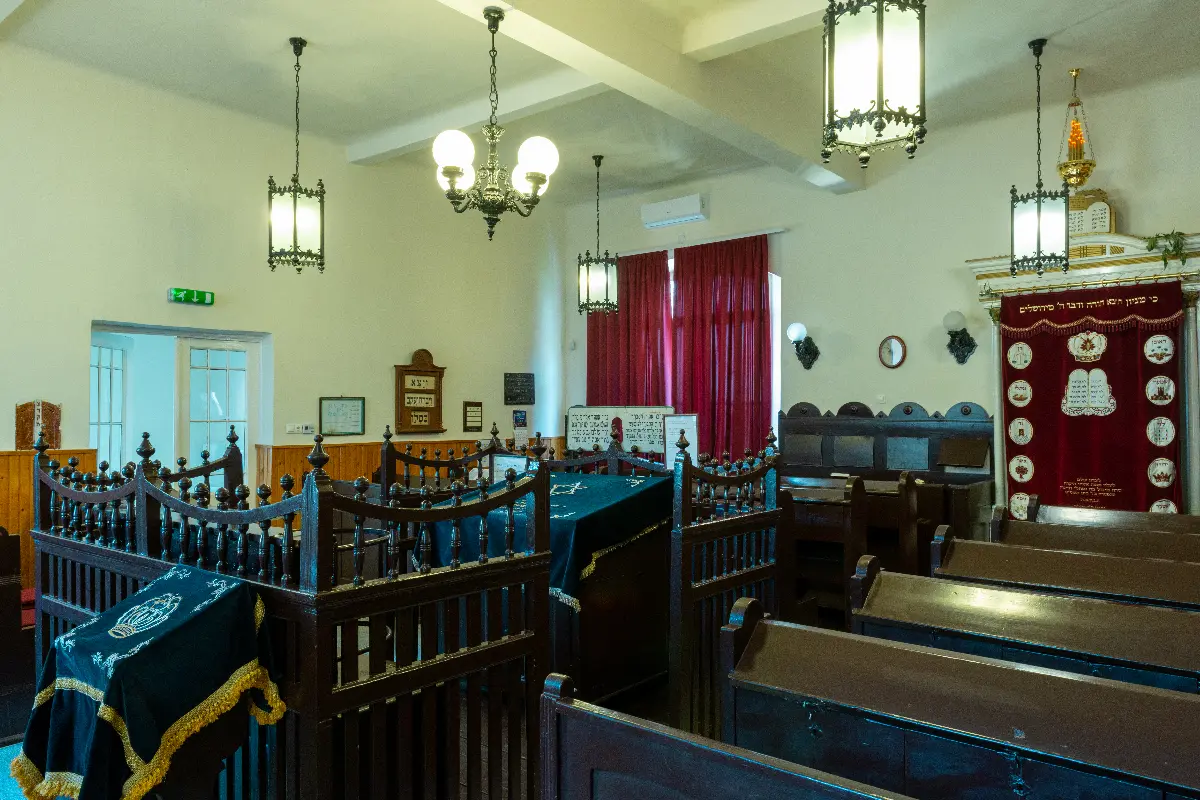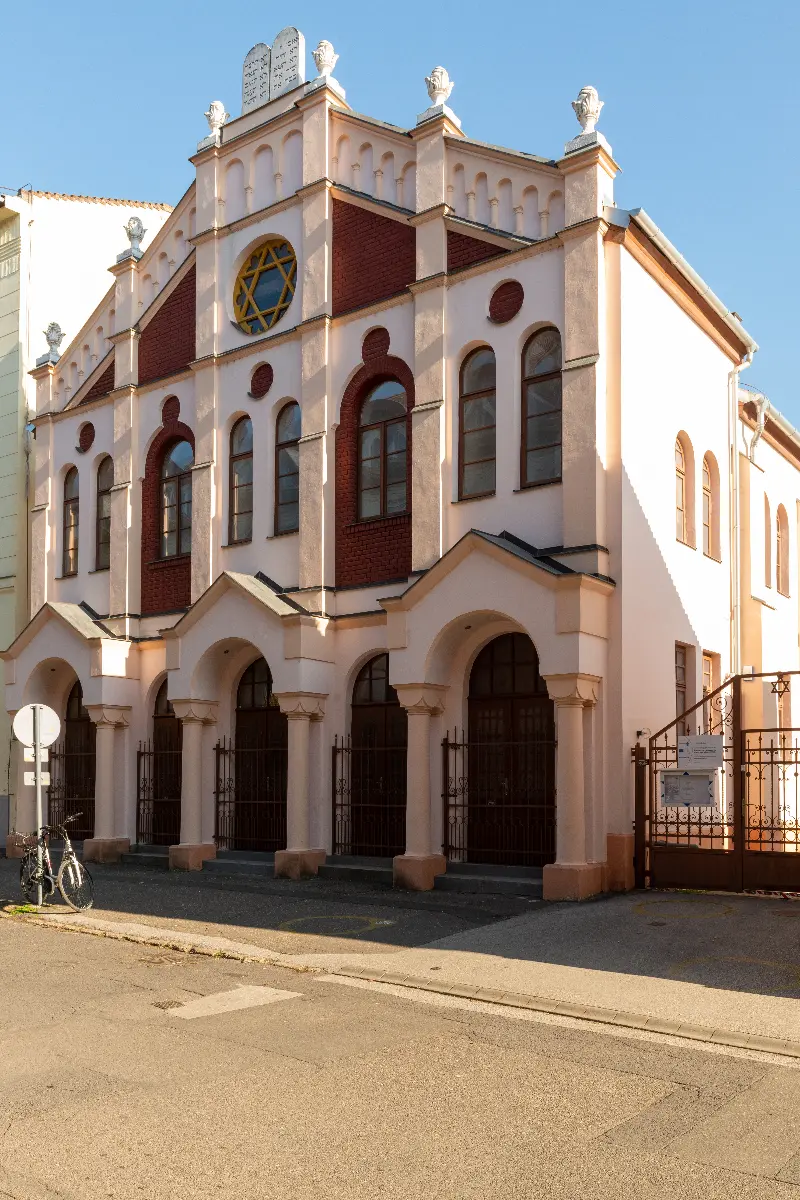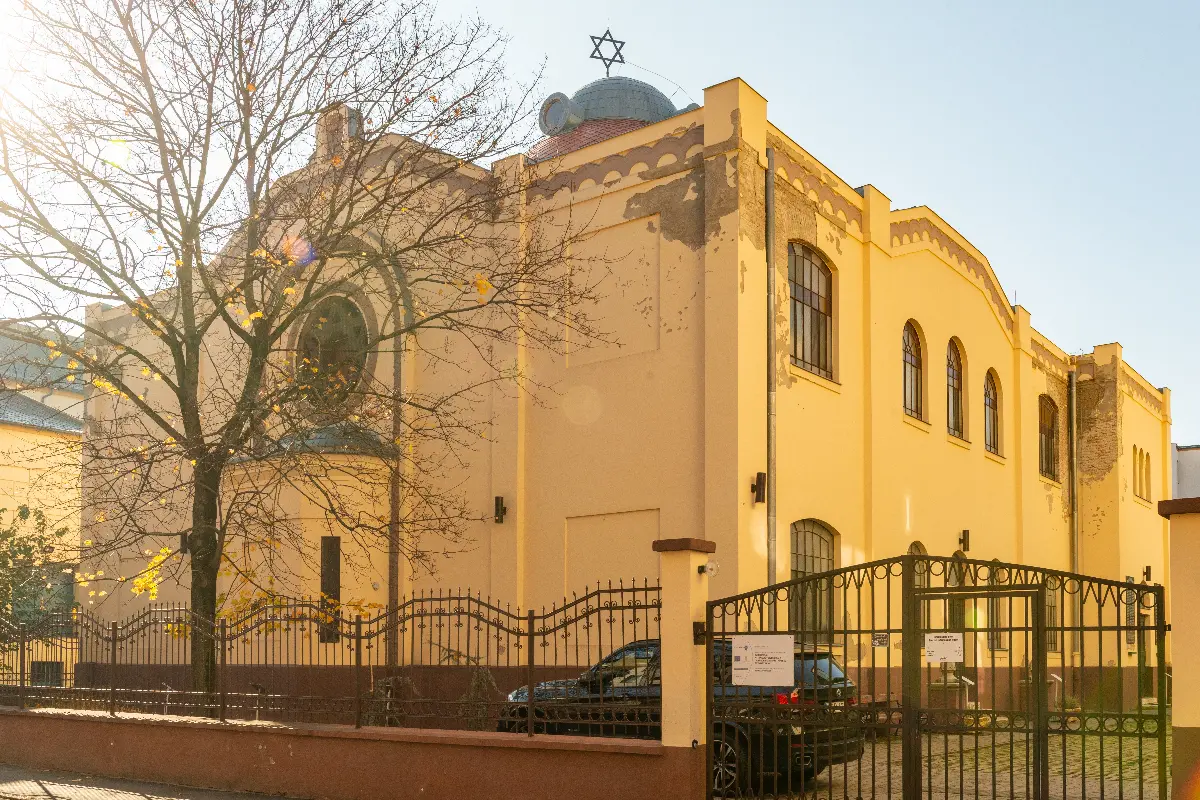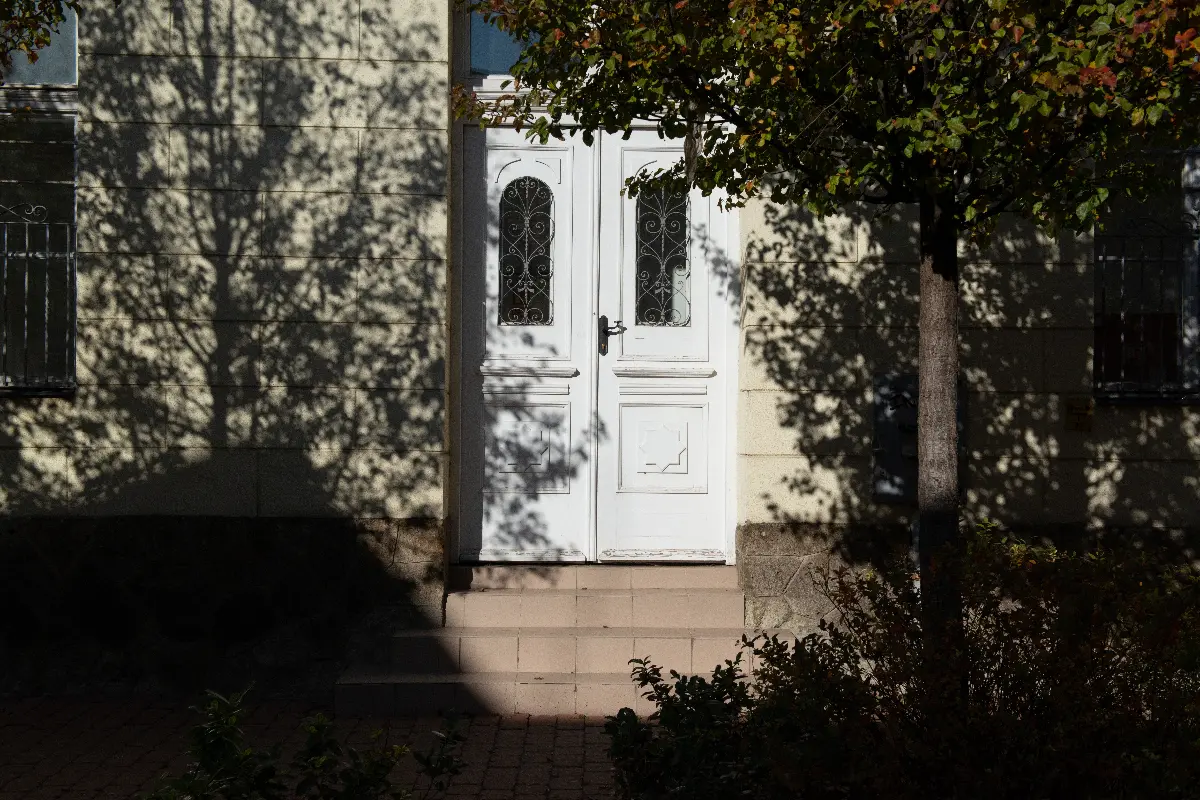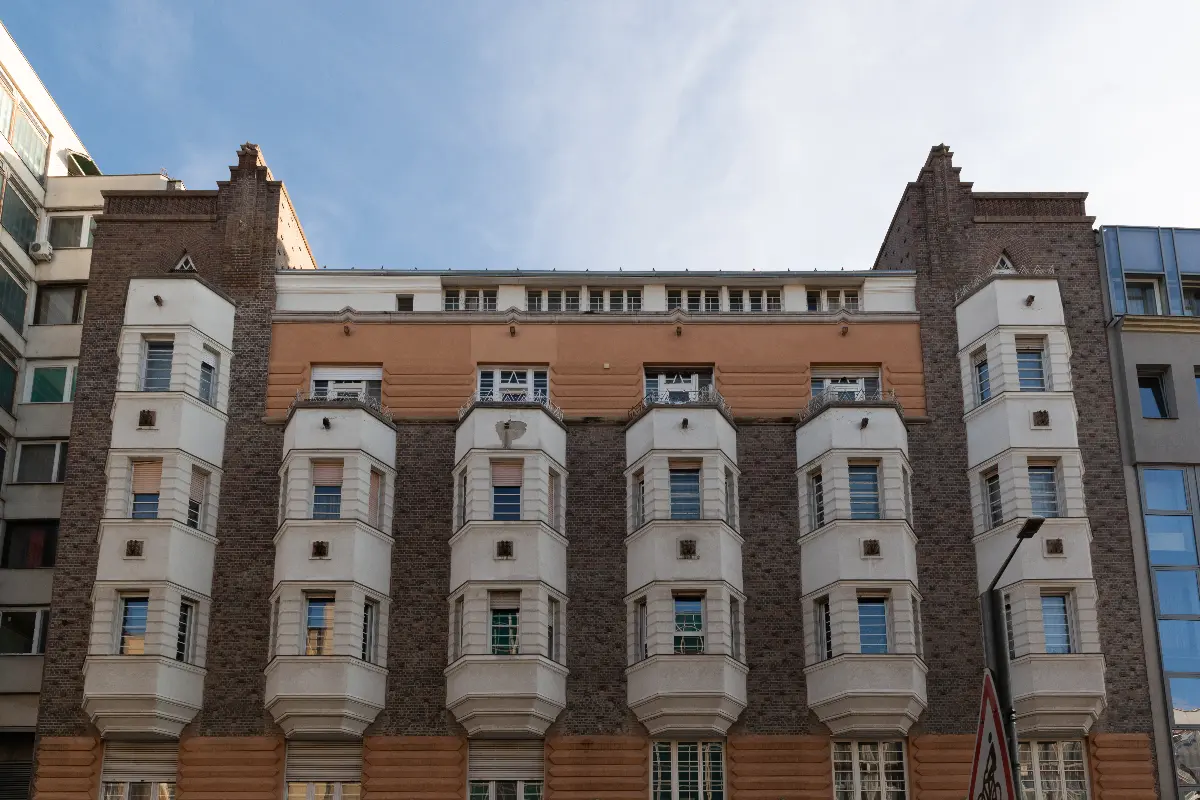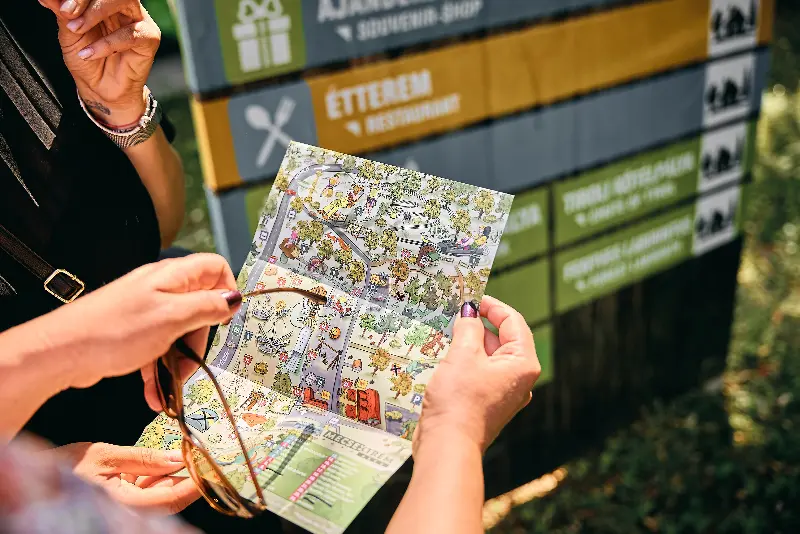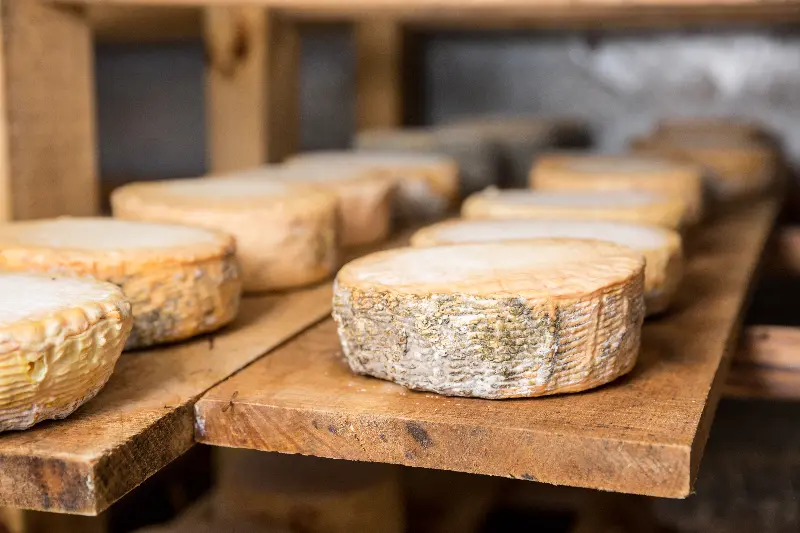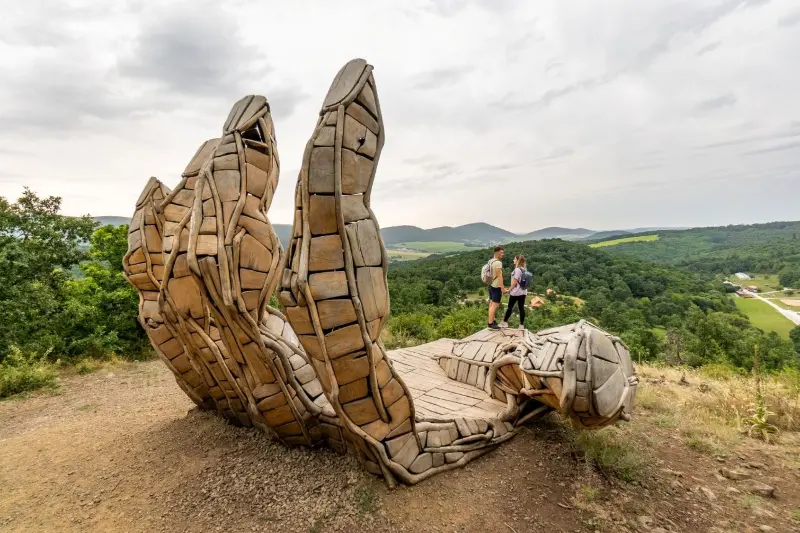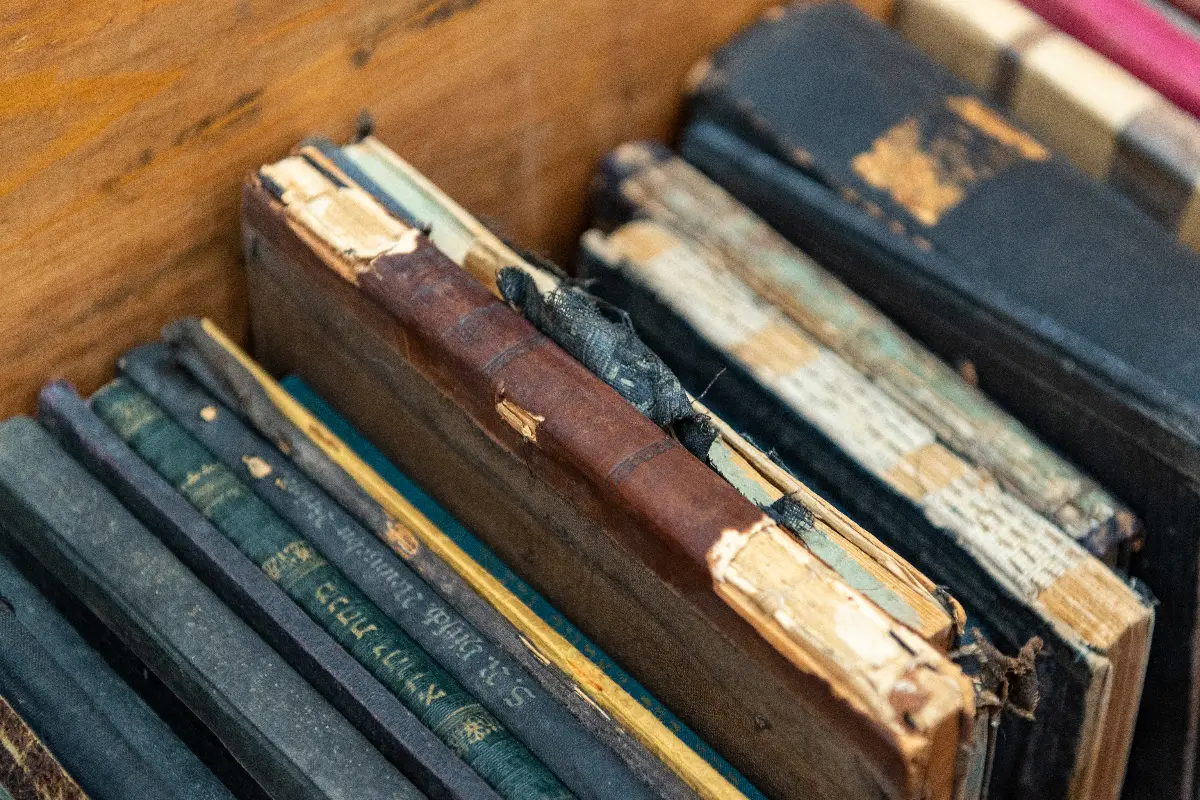
Helyszín címkék:
Jewish legacy of Debrecen
Méhész Zsuzsa
Tammuz
Not only the sin of the former golden calf can be connected to the month of Tammuz in the Hebrew calendar:On the 10th of Tammuz, in other words the 24th of June in 1944, the first group of Jews set out from Debrecen on a route from which only a few of them would return. At that time 12,000 Jews lived in the city, six thousand of them survived and about three thousand of them stayed in Debrecen. The names of the survivors are engraved on the Holocaust Memorial Wall. The fate of rural Jewry was sealed — many of the survivors moved to Israel, the United States, or Budapest. Although the parish has less than a tenth of the number it had before the war, Debrecen is still the largest centre of rural Jewry, where the preservation of thetraditions is exemplary.
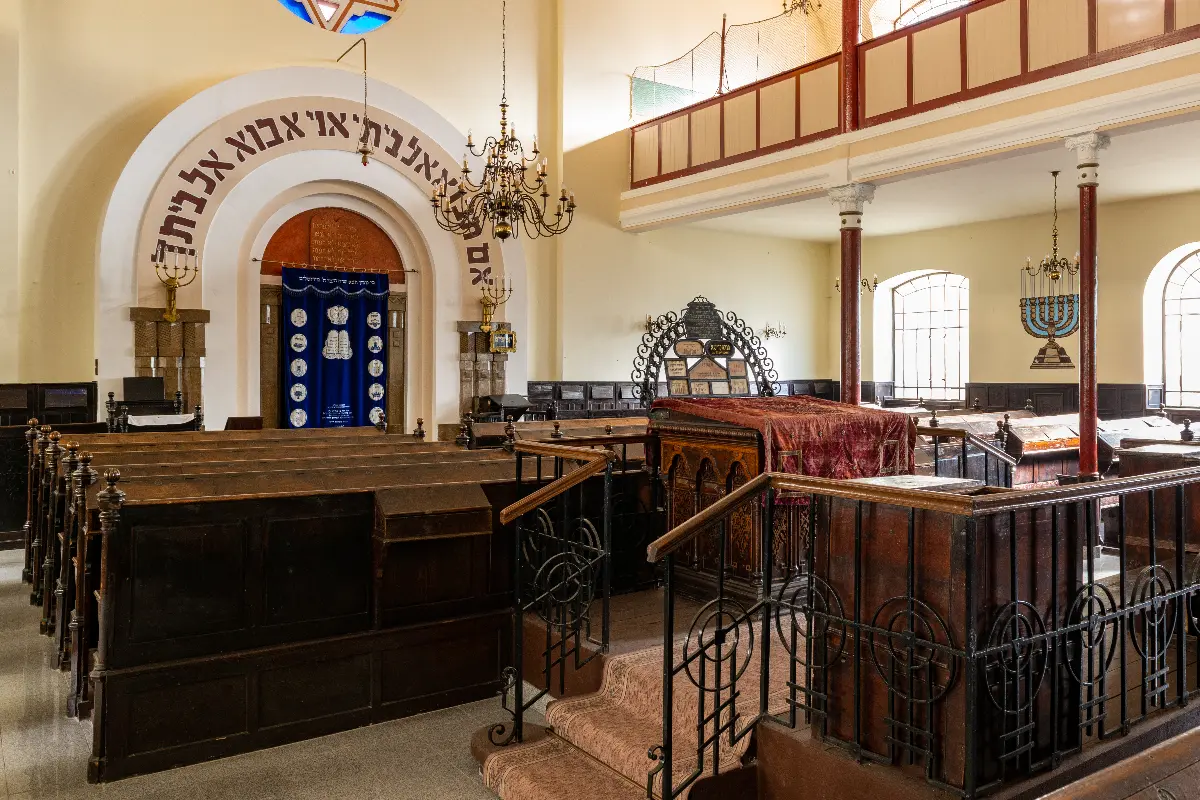
Let’s learn from the past to protect the future
The Jewish quarter of Budapest has become a familiar phrase: Its popularity is also due to the fact that in addition to religious and cultural relics, it has become a real tourist magnet: with trendy restaurants, nightclubs, designer shops, artisan markets on weekends, and activities for young people. The memorials andsights of Jewish heritage could also become important destinations in Debrecen. Synagogues can be visited, the congregation not only wants to show to guests its traditions, but also organises cultural, educational and tutorial programmes. The first Jewish family chose Debrecen for their home in the mid-1800s. The population of the community began to grow rapidly, and in parallel, Jewish schools, synagogues and social institutions were established in the city. Today, much of the formerly built heritage is lost, but the two synagogues and several buildings related to religion and former Jewish everyday life have been renovated and are open to visitors.
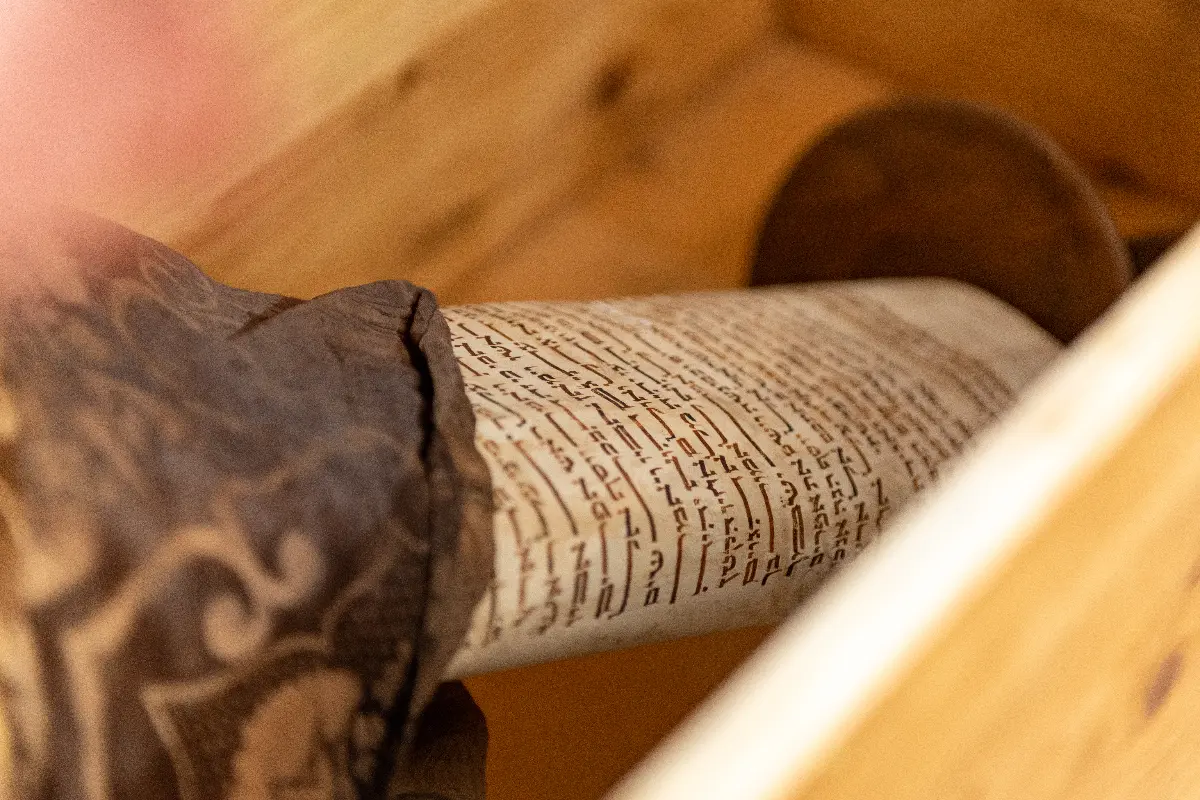
Synagogues
The history of the renovated Orthodox Synagogue began in August 1893. At that time, construction began in the immediate vicinity of the historic city centre of Debrecen, which proceeded at a legendary pace - so the intent and will to create it must have been great indeed. Not a month had passed since ground was first broken, before its walls were already standing. Members of the Orthodox community were already able to celebrate the autumn holidays in a worthy manner. In the basement of the building on Pásti Street, the ritual bath, namely mikveh, was located, in the courtyard sajchet worked: the kosher butcher's shop complied with religious standards. The building was not spared during the war: it was damaged. Although the local community tried to prevent further deterioration, it took a long time to collect the funds necessary for a complete renovation. It was also used in this condition for a long time. In 2001, the most important repairs necessary to preserve the building took place, and then the complete renovation and restoration of the synagogue began ten years ago, so that it could reopen in its original beauty in 2015. The synagogue in Pásti Street is not only a place to practice religion, but also a tourist attraction, where exhibitions, events and concerts take place from time to time. The permanent exhibition in the gallery presents family memories and religious objects related to the Jews of Debrecen. The from Budapest, with the involvement of local experts. Until 1944, it belonged to the Jewish Grammar School. Both synagogues were listed in 2000 by the National Antiquities Authority. The Synagouge in Kápolnás street is younger: It was inaugurated in the autumn of 1910. While architects from Debrecen designed the Orthodox prayer hall, the one in Kápolnás street was designed by engineers from Budapest, with the involvement of local experts. Until 1944, it belonged to the Jewish Grammar School. Both synagogues were listed in 2000 by the National Antiquities Authority.
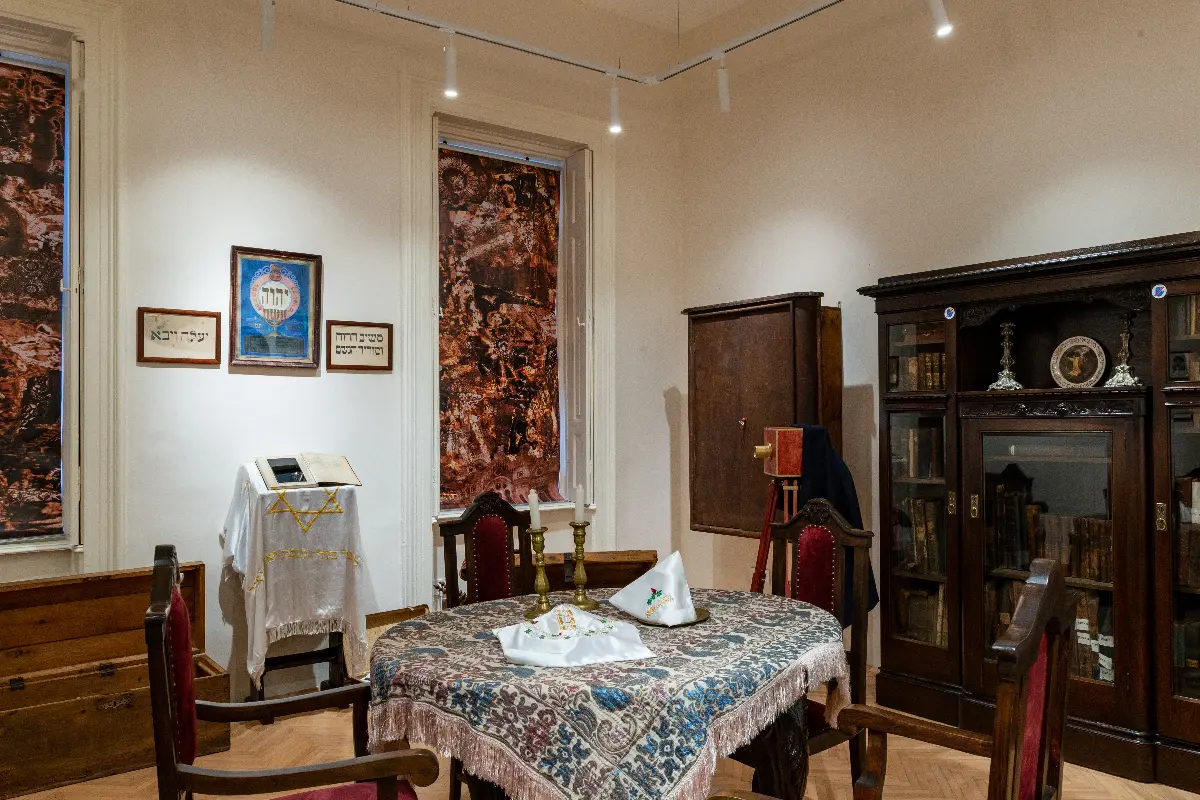
Travelling in the Jewish legacy in the northern part of the Great Hungarian Plain:The rabbi’s room
The interactive Rabbi’s Room on the ground floor of the headquarters of the Jewish Congregation in Debrecen on Bajcsy-Zsilinszky Street offers another insight into Jewish life. The centuries-old furnishings ofthe room were made up of the legacies of former rabbis and members of the congregation, showing a typical image of a pre-World War II Jewish civic home. The Jewish heritage of Debrecen can be explored as part of a more serious pilgrimage. Starting from the wonder rabbi’s tomb in Nagykálló, the pilgrimage takes you to the urban community of Debrecen, the Jewish quarter, which also functions as a modern cultural centre. Those looking for suitable accommodation can also book a room at the pilgrimage accommodation located inthe headquarters of the community. Holidays and the prohibitions of the Sabbath are kept at the accommodation, so it is necessary to choose your dates of arrival and departure accordingly.
